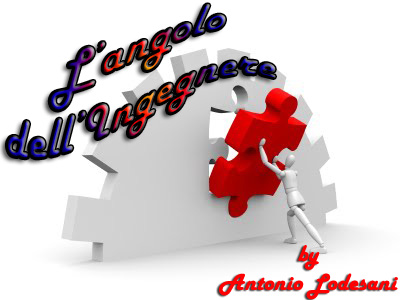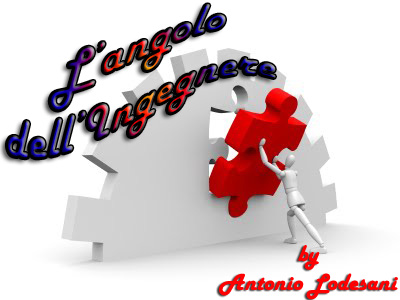Structure and Analysis of RSS Feeds

YNOT EUROPE – RSS is an acronym that stands for Really Simple Syndication, which is one of the formats most commonly used for distributing web content.
With this type of technology webmasters may distribute the contents of their webpages in a way that allows users to have at hand the most interesting links to articles posted on a website.
One way a visitor may respond when he or she finds an interesting site is to add the URL to their browser’s “favorites” list. Another way is to follow the site’s RSS feed, if one exists.
Following an RSS feed for a site represents an extreme level of engagement by a user, and that engagement should be rewarded by the webmaster. Offering an RSS feed means having confidence in the worth of the site’s content and wanting to share. In order to make the feed valuable for users, webmasters must ensure reliable and regular updates over time.
Before we go into how to structure a feed, you need to know how they are delivered. Users receive their RSS feeds via special “reader” applications, either in their browsers or installed on their local computers. Whenever a site is updated, a “burner” application on the webmaster’s end snags the new material and codes it into the kind of feed the webmaster has chosen, then shoots the feed out to feed subscribers, who can save or read the material as the mood strikes.
Creating feeds is a completely free process through services offered by many online entities, including, to name the most famous, FeedBurner (which is owned by Google).
But what should a feed contain?
The automatic process of creation makes each feed a simple text summary of articles published on a website. The operator of the website has the task of choosing whether to provide a complete summary or a partial summary.
Full summary
In this case, those who read your feed will have all the content published in front of them, in its entirety, and will not need to log in to the portal to gain access to comprehensive information. This technique is only recommended for those who “teaser” content that may entice readers to visit your site. The disadvantages of this technique are the following:
• Uncontrolled dissemination of content: Offering the full version of articles could lead to the spread of your content on competing sites, to feed aggregators and other places where you don’t want it to go. Wide dissemination could decrease the intrinsic value of the material, and therefore you advertising revenue. A good way to guard against the problem, if you decide to use this kind of feed, is to embed links to other resources on your site in each article. Also include a link to the home page itself in order to bring readers of the article to the original source of the feed.
• Decreased vital parameters of the portal: The vital parameters of a site are those elements that make it attractive to both readers and advertisers. In this case, the use of complete feeds can lead to a decrease in viewership of webpages, as readers will enjoy the complete article in their feed readers and never visit the parent site. Declining pageviews will have a direct impact on the site’s attractiveness to advertisers, as most want to know a site is well trafficked before they buy space on its pages.
Partial summary
In this type of feed, you have the opportunity to include only a brief summary of the latest news posted by selecting the number of characters displayed. Using this mode, the reader will be “forced” to visit the portal to read the rest of the content that is delivered to their RSS application. A partial summary implies the operator of the site write articles that are particularly fascinating and worthy of a visit to the parent website in order to find “the rest of the story.” The approach prevents much content theft, but requires excellent, sought-after content in order to be effective. A partial-summary feed can be disadvantageous if readers soon discover your content isn’t of top quality all the time, or if the “teaser” bit (defined by a number of characters) at the beginning isn’t sufficiently intriguing.
A word of caution: Some legitimate readers are annoyed when they are not able to read entire articles in a feed and will refuse to follow links to the underlying website. If you use a partial summary, expect a percentage of those who pick up the feed to drop it as soon as they realize they must click through to read the content.
In the next article, we will examine some of the choices for burning RSS feeds, and how those choices lead to direct and indirect economic benefits.
This article was written for YNOT Europe by Eng. Antonio Lodesani. For more information, visit ingoccupati.blogspot.com.
Comments are closed.





